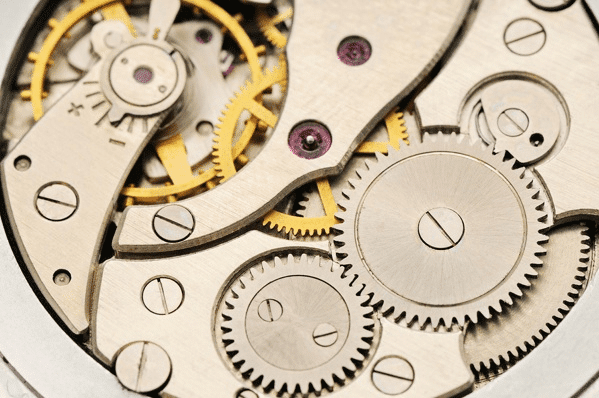Better Time Management For Fleet Managers
Better Time Management for Fleet Managers through Technology and Prioritizing
For fleet managers, they are usually busy with no extra time on their hands. With the internet, mobile devices and cell phones, fleet management has become a 24/7 job. There is no such thing as in their “free time” or “spare time”. This means they have to manage the time they do have.
Since much of a fleet manager’s job is reactive, they are constantly responding to inquiries and reacting to crises. This can often take up the majority of the day without the fleet manager getting to regularly scheduled requirements, forecasting and planning which is also required. The pressure can become unbearable if the fleet manager is unable to manage his or her time.
Technology
One of the best tools for fleet managers to help them better manage their time is a GPS tracking system for fleet management. Having vehicle locations, vehicle histories, automatic notification for issues with drivers’ behaviors and maintenance reminders can help free up fleet managers’ time so they are able to focus on other aspects of the business.
Before GPS tracking systems, fleet managers had to try to keep track of all of their fleet vehicles wherever they were located. This is extremely time consuming and complex. With a GPS tracking system for fleet management, fleet managers can easily access the web based software from any computer or mobile device with an internet connection to see every move their fleet makes.
Prioritize
A good manager knows he or she needs to prioritize activities. Any activity that requires direct interaction should be top priority including senior management interactions, meetings, reporting, communications, and follow-ups.
Remember, every driver with an issue thinks it needs to be addressed immediately. Ask yourself “Will the driver be able to conduct business if I do not respond to him immediately?” If the answer is no, then you need to respond immediately.
True emergencies will require your immediate attention such as accidents and breakdowns. If a driver just has a question about company policy or general vehicle information, that driver can wait until your top priorities are met. Sticking to your priorities can help your day run smoothly.
